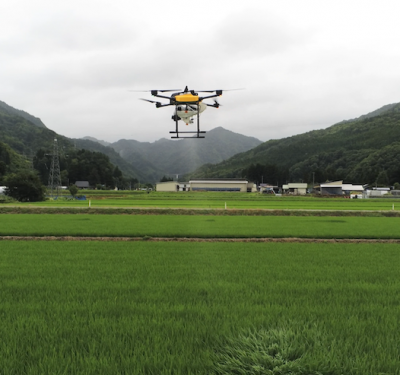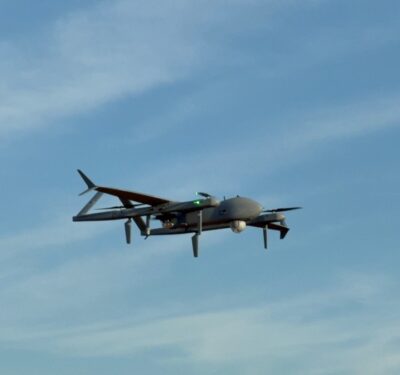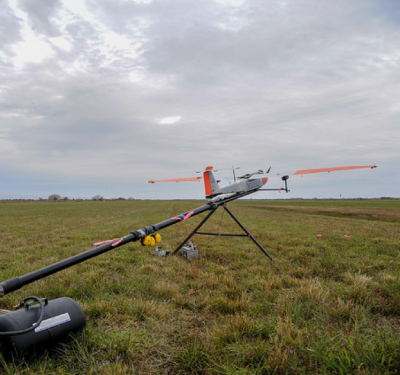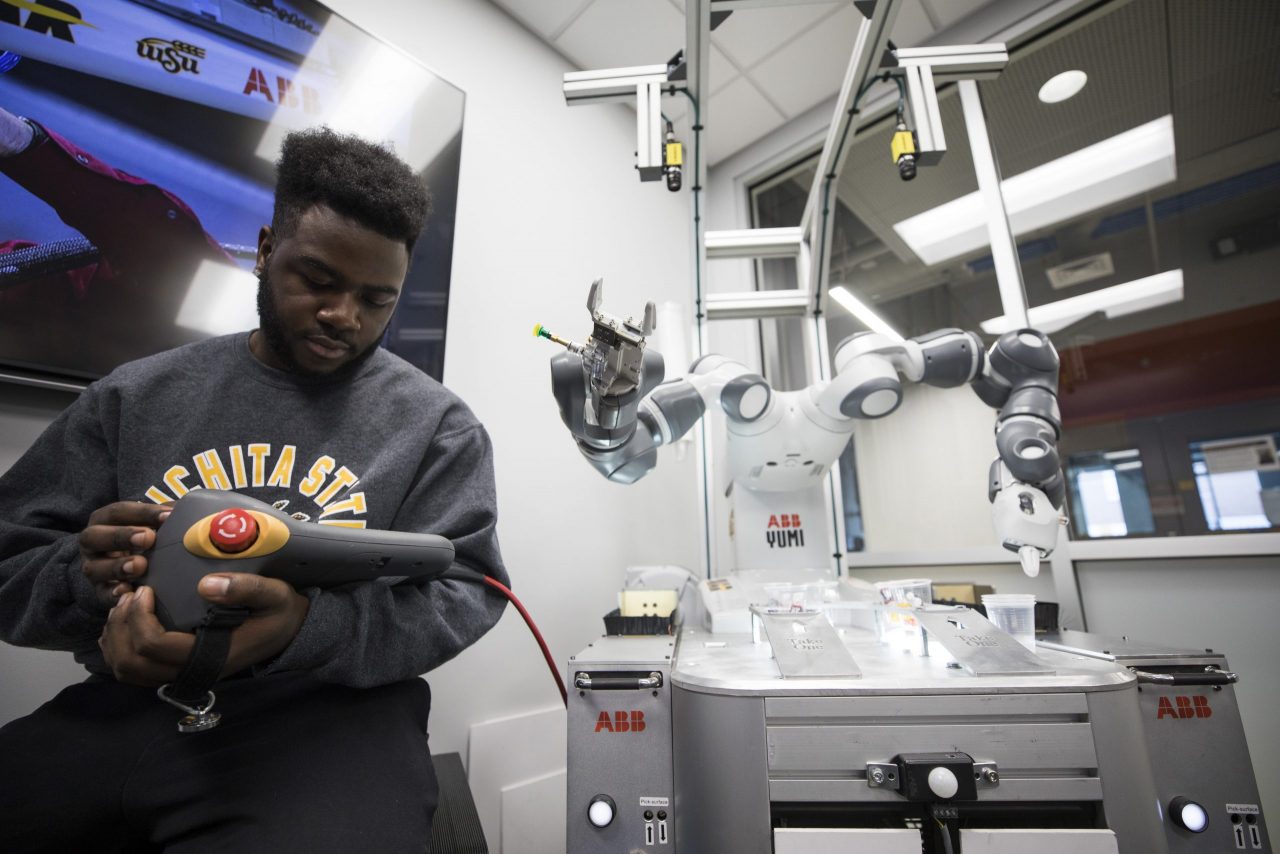
Photo courtesy FirePoint Innovations Center
A panel of judges tapped student teams from Kansas, Oklahoma and Tennessee to begin collaborating on a design for a new drone for the Army, the FirePoint Innovation Center announced April 1.
The teams submitted the top proofs of concept during the first ever FirePoint C3 competition. Now, backed by $35,000 from FirePoint for materials, workspace and equipment; the teams will begin integrating their concepts into a next-generation unmanned aircraft for the U.S. Army.
The dirigible concept submitted by the Buhler High School Science Club of Wichita, Kansas, generates lift by extracting hydrogen from the atmosphere during flight. It can do this even in conditions far more arid than the Sahara Desert; making it a clean, efficient, all-terrain and all-weather lift solution.
Pistol Pete’s Propulsion Posse from Oklahoma State University developed a turboelectric power system that combines battery power with electric power produced from a gas turbine coupled to an electric generator. The two distinct power sources offer an array of choices that can be configured to complete a variety of missions.
Team Vol Air from the University of Tennessee-Knoxville built an airframe with a highly durable, 3D-printed reinforced structure that’s adaptable to virtually any shape. They also utilized compression overmolding to enhance the material properties of the original structure with thin fiber composite sheets.
The FirePoint Innovation Center is the product of a partnership between Wichita State University and the U.S. Army Combat Capabilities Development Command Aviation & Missile Center (CCDC AvMC). FirePoint supports Army modernization by helping fuel commercial and workforce development including STEM (science, technology, engineering and mathematics) education. The C3 Challenge is sponsored by CCDC AvMC with support from Dassault Systemes and AmericaMakes, the National Additive Manufacturing Innovation Institute.
“We are extremely pleased with the caliber of design, engineering and creativity we’ve seen in these submissions,” said Steve Cyrus, manager of technology collaborations with FirePoint. “Not only were we somewhat surprised to see a high school team performing at this level, but it’s also fascinating how the teams’ concepts already complement one another. We’re very excited to see what they come up with once they all get together.”
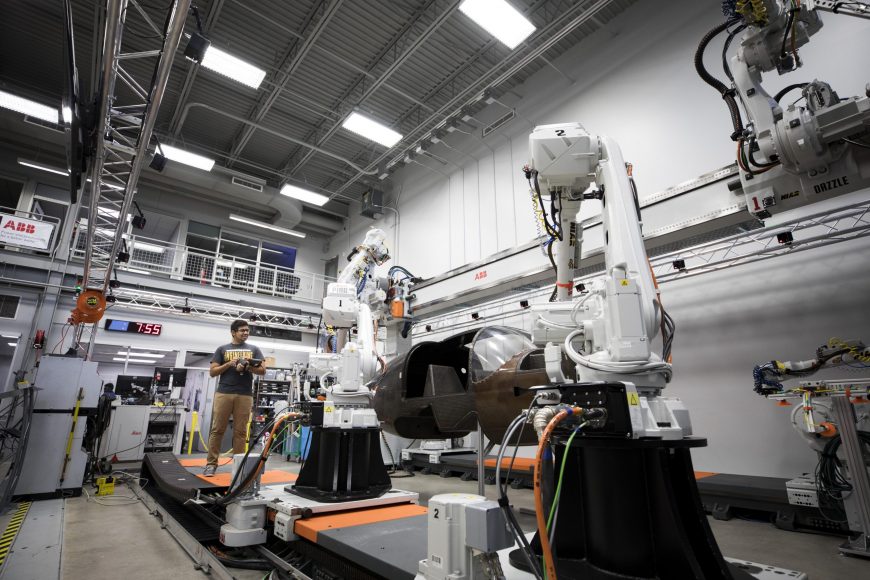
Photo courtesy FirePoint Innovations Center
The teams will largely work remotely to integrate their designs using the Dassault Systemes platform. They will introduce their subsystems in detail to one another during their first meeting April 2. After the workshop, the teams will begin full build out of their design concepts for prototyping. In addition to supporting development of that hardware the $35,000 in funding can be used by the teams to invest in growing their programs beyond the competition.
“The purpose of the C3 Challenge is to cultivate the next generation of technology and talent,” Cyrus said. “This funding will not only help bring these projects to fruition, but also allows us to invest in these programs to build a pipeline of engineering and design talent to meet the Army and the aviation industry’s future workforce needs.”



